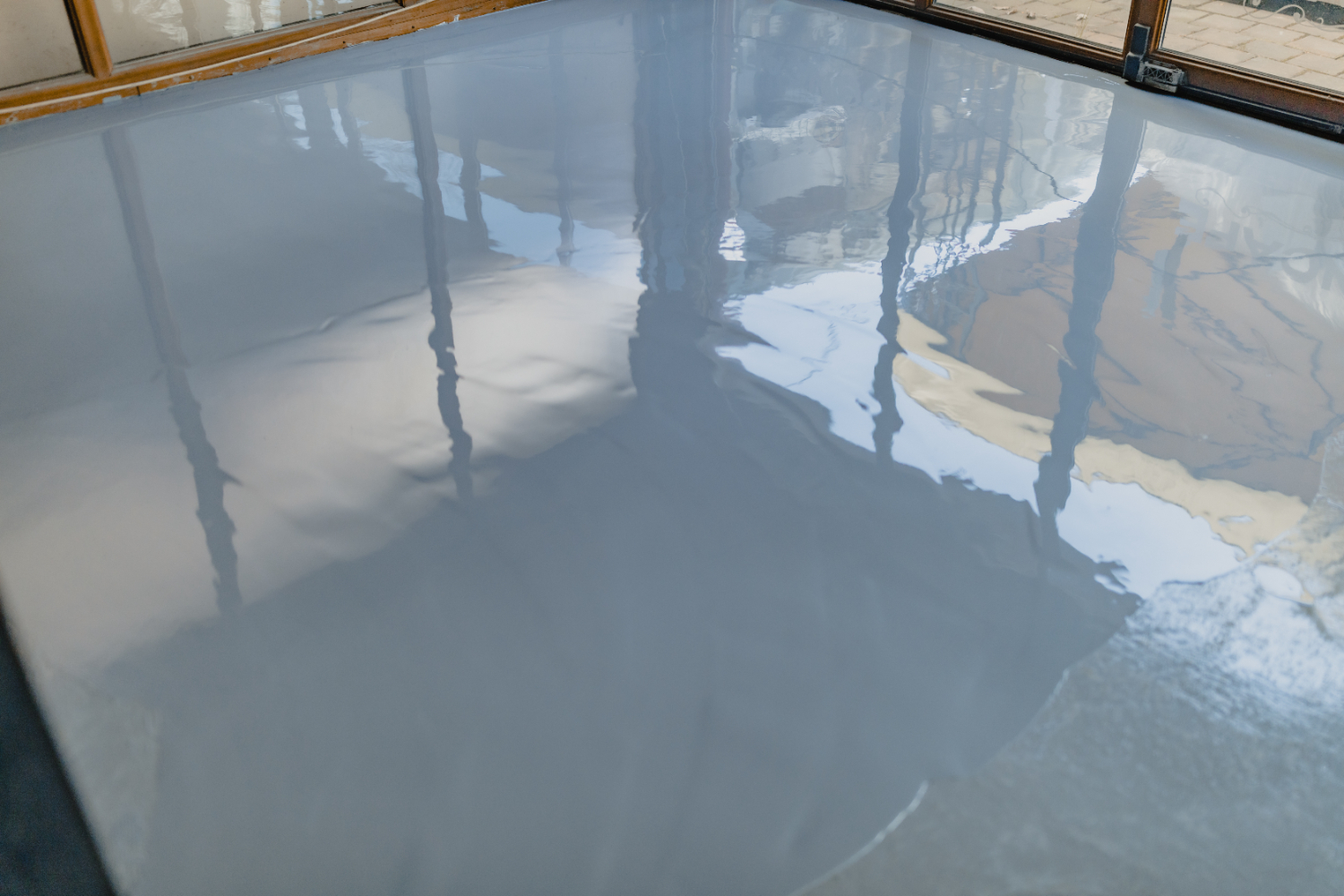How to Prevent Cracks in Epoxy Floors

Epoxy floors are a popular choice for garages because they are strong and look great. However, noticing a crack in your shiny epoxy floor can be frustrating. Cracks can start small but grow over time, leading to bigger problems and possible repairs. Understanding what causes cracks is the first step to preventing them.
Understanding the Causes of Cracks in Epoxy Floors
Cracks in epoxy floors can result from various factors, and it’s crucial to identify these to prevent them. A common reason for cracks is improper surface preparation. If the concrete beneath the epoxy isn’t clean or is damaged, cracks can easily develop. It’s similar to painting over a bumpy wall—the result won’t be smooth unless the surface is properly prepped.
Another cause is the use of low-quality epoxy materials. Cheap epoxy might seem like a good idea upfront, but it can lead to problems down the line. This type of epoxy is more susceptible to cracking under pressure or when subjected to regular wear and tear. This is why investing in high-quality materials is a wise decision.
Environmental factors also play a significant role. Temperature fluctuations can cause the concrete foundation to expand and contract. This movement can result in stress that leads to cracks, especially if the epoxy is too rigid. Humidity levels can also affect the curing process, making the epoxy coat brittle and more likely to crack.
Changes in the load above, such as heavy vehicles, can exert additional pressure on the floor. Even structural issues with the building itself can transfer stresses that manifest as cracks in the epoxy surface. Understanding these causes helps in taking preventive measures to maintain a smooth, durable finish.
Preparation Steps to Minimize Cracking Risk
Proper preparation is key to minimizing the risk of cracks in your epoxy floor. Begin with a thorough cleaning of the concrete surface. Remove all debris, dust, oils, and other contaminants that might affect adhesion. This clean slate ensures the epoxy bonds effectively to the underlying surface.
Next, inspect the concrete for any existing cracks or damage. Repair these areas using a suitable concrete filler. If the foundation isn’t stable, the epoxy layer can’t do its job properly. Once the repairs are done, use a grinder or sander to create a rough texture on the surface. This roughness gives the epoxy something to grip, improving adhesion and longevity.
Another crucial step is to check the moisture levels in the concrete. High moisture can interfere with the curing process and lead to bubbling or cracking. Use a moisture test kit to ensure levels are within an acceptable range. If moisture is a concern, consider applying a moisture barrier primer before the epoxy.
Joints and edges should not be neglected during preparation. These areas are often stress points, so applying a flexible joint filler can help reduce the risk of cracking.
Best Practices for Epoxy Application to Prevent Cracking
Applying epoxy coating correctly is crucial in preventing cracks. Start by ensuring the workspace is dry and clean. Gather all necessary tools and materials before beginning the application. Use a primer as the first coat, which aids in adhesion and acts as a protective barrier.
Mix the epoxy components as instructed, making sure the mixture is even. An improperly mixed epoxy can lead to weak spots which may crack under pressure. Once mixed, apply the epoxy evenly, using a squeegee or roller. Work methodically in small sections to maintain a uniform coat without bubbles.
Temperature control during application is key. Use a heater or fan to maintain a stable environment. Extreme temperatures during curing can cause expansion or contraction, leading to cracks. Aim to apply in conditions where the temperature stays steady.
For thicker layers, apply the epoxy in multiple thin coats rather than one thick layer, allowing each coat to cure before applying the next. This approach reduces stress on the floor and minimizes cracking risk.
Routine Maintenance to Keep Epoxy Floors Crack-Free
Routine maintenance plays a crucial role in keeping your epoxy floor crack-free. Regular inspections help identify potential problems early. Walk the floor monthly, looking for small hairline cracks or signs of wear.
Clean the floor regularly using a soft broom or vacuum to remove dirt and debris. Use a mop with a gentle, non-abrasive cleaner suitable for epoxy surfaces to maintain its shine. Avoid harsh chemicals that could weaken the surface.
Attend to small cracks or chips promptly. Use a repair kit designed for epoxy to fill minor imperfections. These kits usually contain a filler and instructions for easy application.
Every six months, consider applying a protective topcoat. This additional layer helps renew the surface and provides extra protection against minor damage.
Conclusion
Keeping your epoxy floors crack-free involves understanding the causes, preparing properly, applying the epoxy right, and maintaining it regularly. Each step plays an essential part in the overall health and appearance of your floor. With attention to detail and a commitment to routine care, your epoxy flooring can withstand the challenges of day-to-day use while maintaining its visual appeal. The effort you invest in these practices today can save time and money in the long run, making it a worthwhile pursuit for any homeowner or business.
Don’t let cracks ruin your beautiful epoxy floors. Reach out to The Garage Guys for professional guidance and services tailored to your needs. We specialize in custom epoxy floors, ensuring a flawless finish that stands the test of time. Get in touch with us today to discover how we can transform your space into a durable and stunning area!

